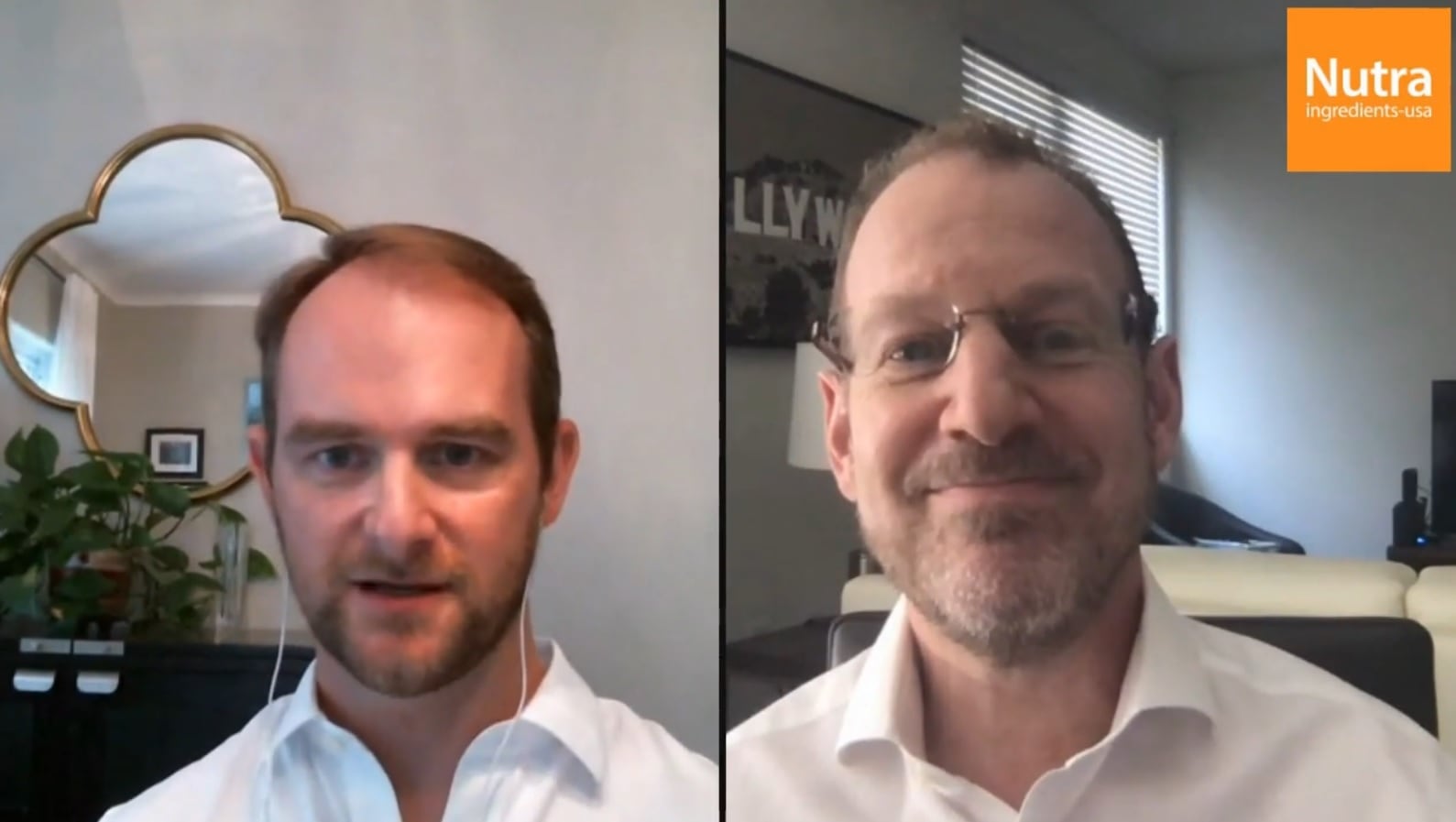NAD+, or nicotinamide adenine dinucleotide, is a molecule present in every cell of the body. A key part of the cell’s control functions, NAD+ converts nutrients in food into energy for the cell and regulates cellular repair and maintenance functions.
The downward slope to cellular senescence
NAD+ levels are known to decline with age, which is one of the mechanism postulated as leading to cellular senescence. In this scenario, a cell’s function declines after a number of cellular divisions, and at some point the cell can no longer replicate itself. After enough cells within a given tissue reach this state, that tissue’s function degrades, contributing to a host of issues including neurodegenerative disorders, osteoporosis, sarcopenia and more.
One well researched way to compensate for this gradual NAD+ decline is to provide more raw material for NAD+ synthesis. This is the idea behind Chromadex’s Tru Niagen brand of supplements using that company’s patented form of the ingredient branded as Niagen, as well as supplements that use other sources of the ingredient, such as those marketed by supplement company Elysium. Another related molecule used by some formulators to strike at the NAD+ target is nicotinamide mononucelotide, or NMN. Interest in this molecule ramped up after the announcement in 2019 of the discovery of a specific cellular transporter for the molecule.
More can be done with team approach

But, according to Dr Nichola Conlon, PhD, lead molecular biologist for the UK-based supplement company Nuchido, those approaches fall short of what is achievable via her company’s integrated method of NAD+ boosting. Conlon likens her competitors’ approaches to providing more fuel for a fire in the form of more NAD+ precursors. Supplying a precursor—the fuel if you will—is important, she said. But she said her company’s approach adds to that idea by finding ways to make the fire itself burn more efficiently.
“My background was in drug development,” Conlon told NutraIngredients-USA. “And I found that trying to do just one thing to biology often doesn’t work. We are focused on how you can use combinations of molecules together to achieve a higher efficiency. And then it’s a matter of choosing the right ingredients.”
Conlon said trying to boost NAD+ levels in the cell is a good case in point for this theory.
“The way it has been done in the past has been by using precursor ingredients,” she said. “That’s great, because if your body is low in NAD+, if we put in more raw materials it will hopefully make more.”
“But the science has moved on. The reason NAD+ is declining is not just because the body doesn’t have enough raw materials. It’s because the enzymes that convert those precursors decline with age, too, and other things are going wrong in the cell,” she said.
Conlon said thinking of the cell as a factory is a useful model for visualizing what’s going on.
“If you have a factory, you can ship in more steel and hope that more cars come out the other end. Or you can look in detail at what is causing that factory’s performance to decline,” she said.
“We said, let’s look at things that boost those enzymes that convert the precursors. Let’s look at ways to inhibit processes that go on in the cell that waste NAD+,” she said.
To affect these additional endpoints Conlon said she and her team assembled a suite of ingredients that includes green tea extract, parsley leaf powder, a Sephora japonica extract focused on rutin as its active ingredient and black pepper extract as a bioavailability enhancer.
The formula also includes 300 mg of alpha lipoic acid powder.
Nicotinamide chosen as precursor
On the macronutrient side, the product, which is branded as Nuchido Time +, also includes some vitamin C, a 250 mg mega dose of nicotinamide (more than 1,500% of the daily value) and 5 mg of zinc. Conlon said the nicotinamide, one of the several forms of niacin (vitamin B3) on the market, functions as the formula’s NAD+ precursor reservoir.
“We used nicotinamide instead of nicotinamide riboside or nicotinamide mononucleotide because we found it works just as well as NR or NMN and it’s cheaper,” she said.
Nuchido claims based on preliminary research that the new formula boosts NAD+ within the cell by almost 250%, as compared to about 60% or NR. Conlon said the company has a 28-subject, placebo-controlled trial underway and expects to publish the results in early 2021.




